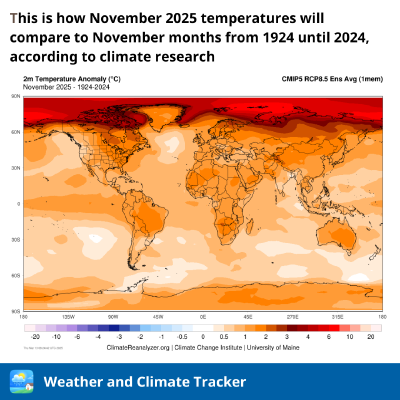
[Earth]
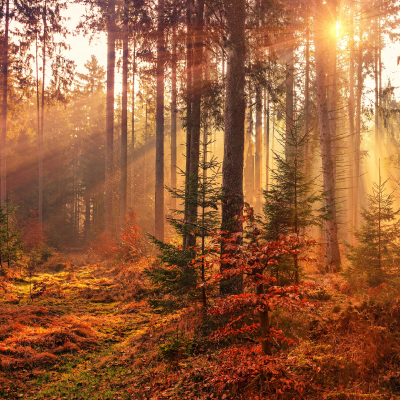
[Earth]
What is “Indian summer” and when does it happen? Mid-autumn is the time for the “return of summer”. Though all of us understand pretty well that a couple of warm and sunny autumn weeks will soon be replaced by the first frost, we continue calling this short period as summer.
Read more...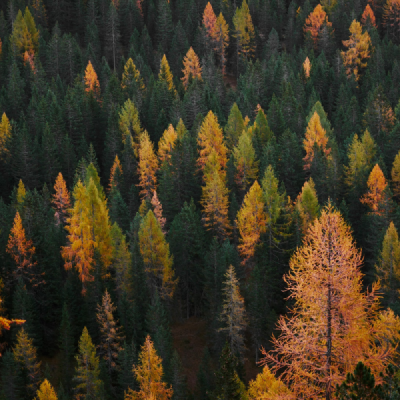
[Earth]
Meteorological Autumn and Astronomical Autumn are two different ways of defining the seasons: Meteorological Autumn: Meteorological seasons are based on the calendar months and are primarily used by meteorologists and climatologists for consistent and simplified record-keeping and forecasting. In the meteorological definition, autumn is considered to be the three calendar months of September, October, and November in the Northern Hemisphere, and March, April, and May in the Southern Hemisphere.
Read more...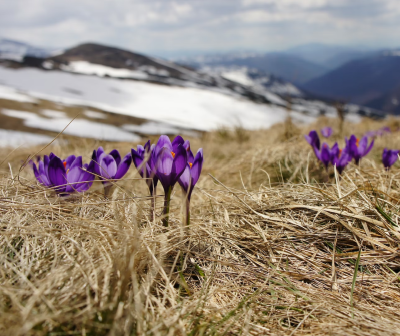
[Earth]
Meteorological Spring and Astronomical Spring are two ways of defining the start of spring, but they are based on different criteria. Meteorological Spring refers to the three calendar months of March, April, and May in the Northern Hemisphere (or September, October, and November in the Southern Hemisphere). These months are considered to be spring because they generally have milder temperatures and more rainfall than the preceding winter months, and the days start to become longer.
Read more...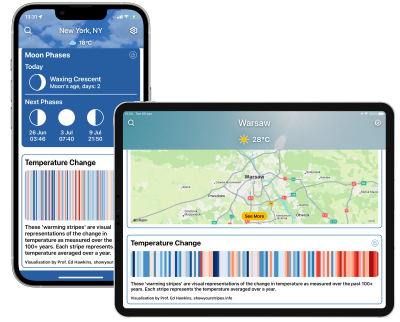
[Earth]
June 21st is #ShowYourStripes day, a global initiative aimed at raising awareness about climate change. The day is named after the iconic “climate stripes” graphics, which depict the warming of the earth’s surface over time using a simple color scheme, with 🟦 blue representing cooler temperatures and 🟥 red representing warmer temperatures.
Read more...